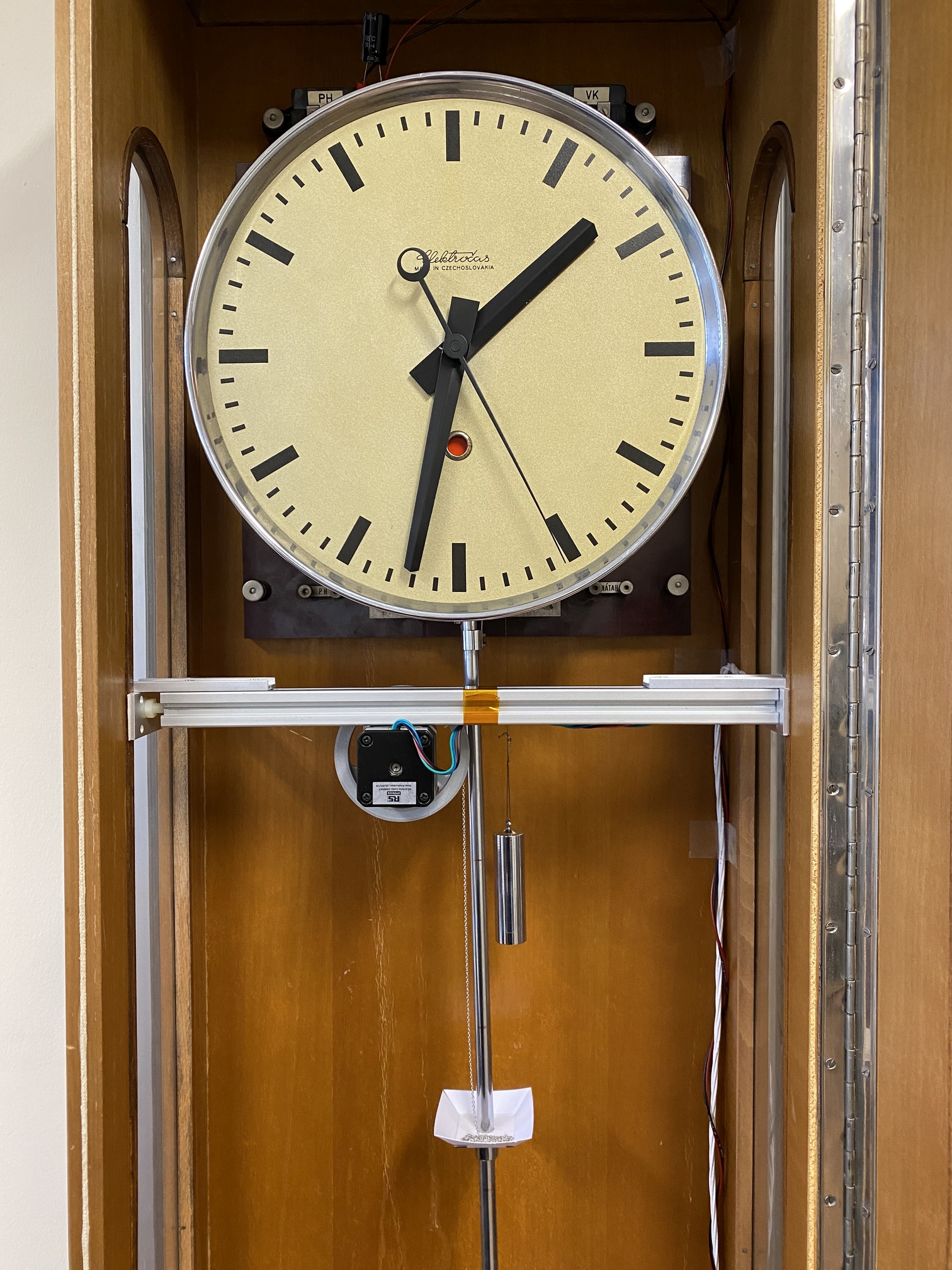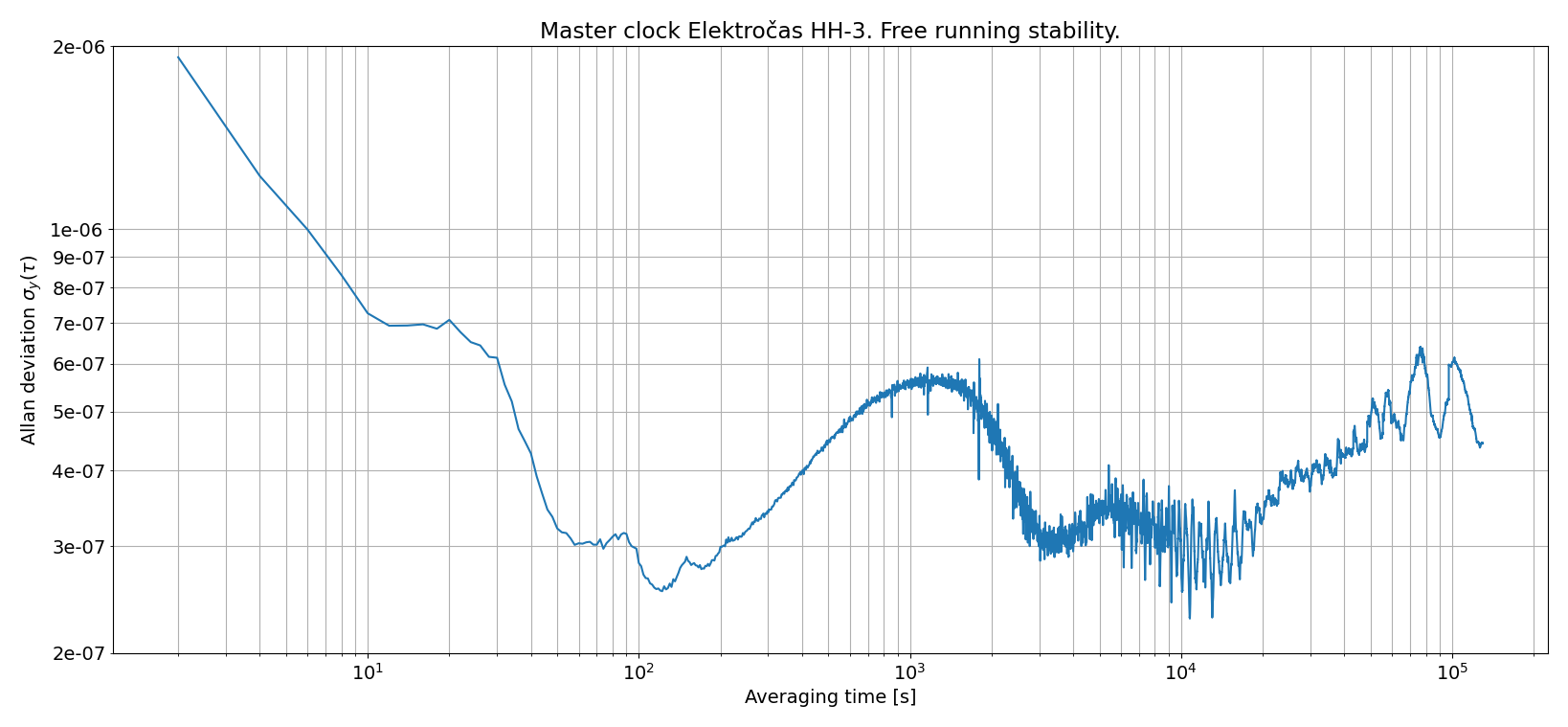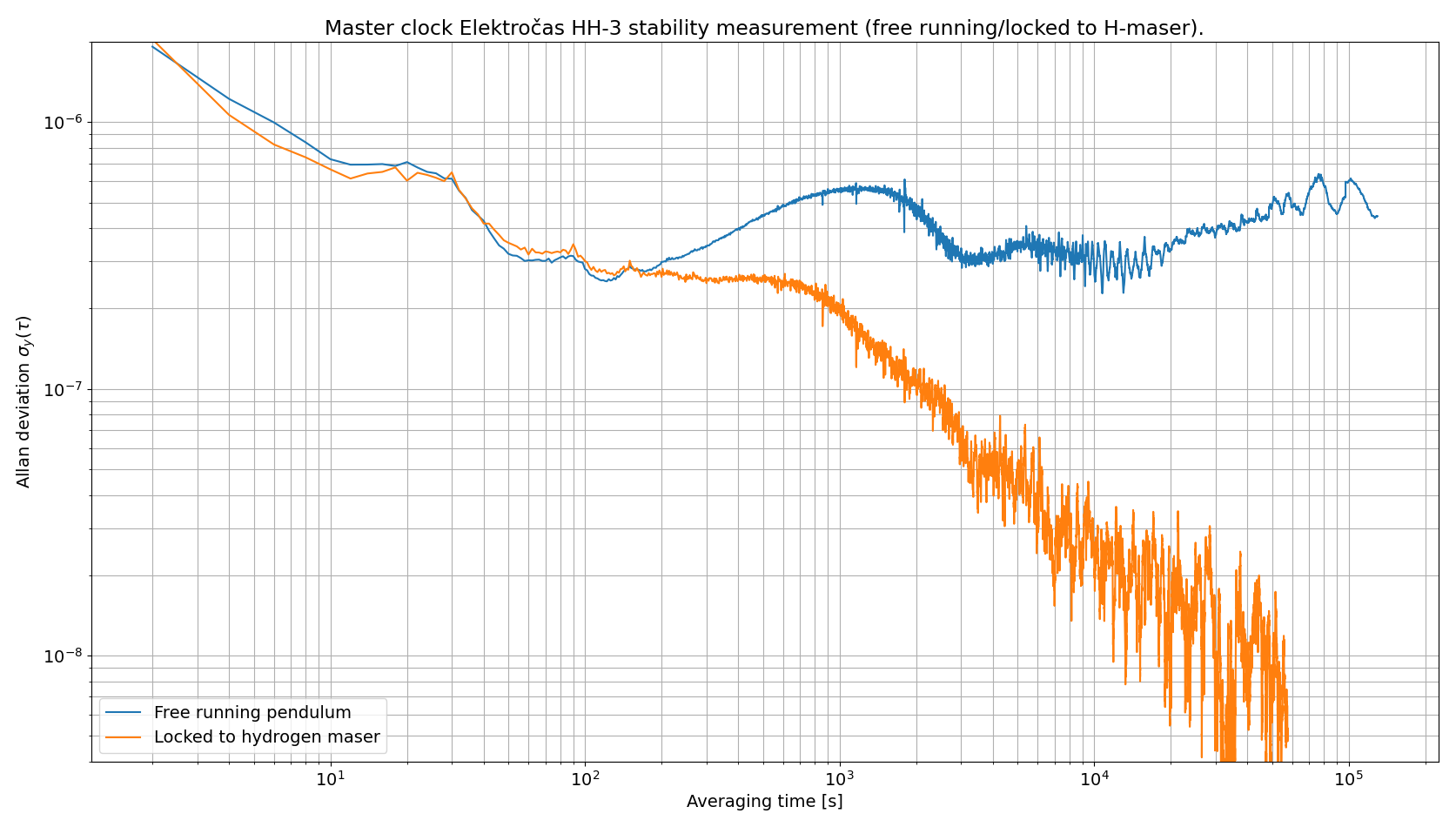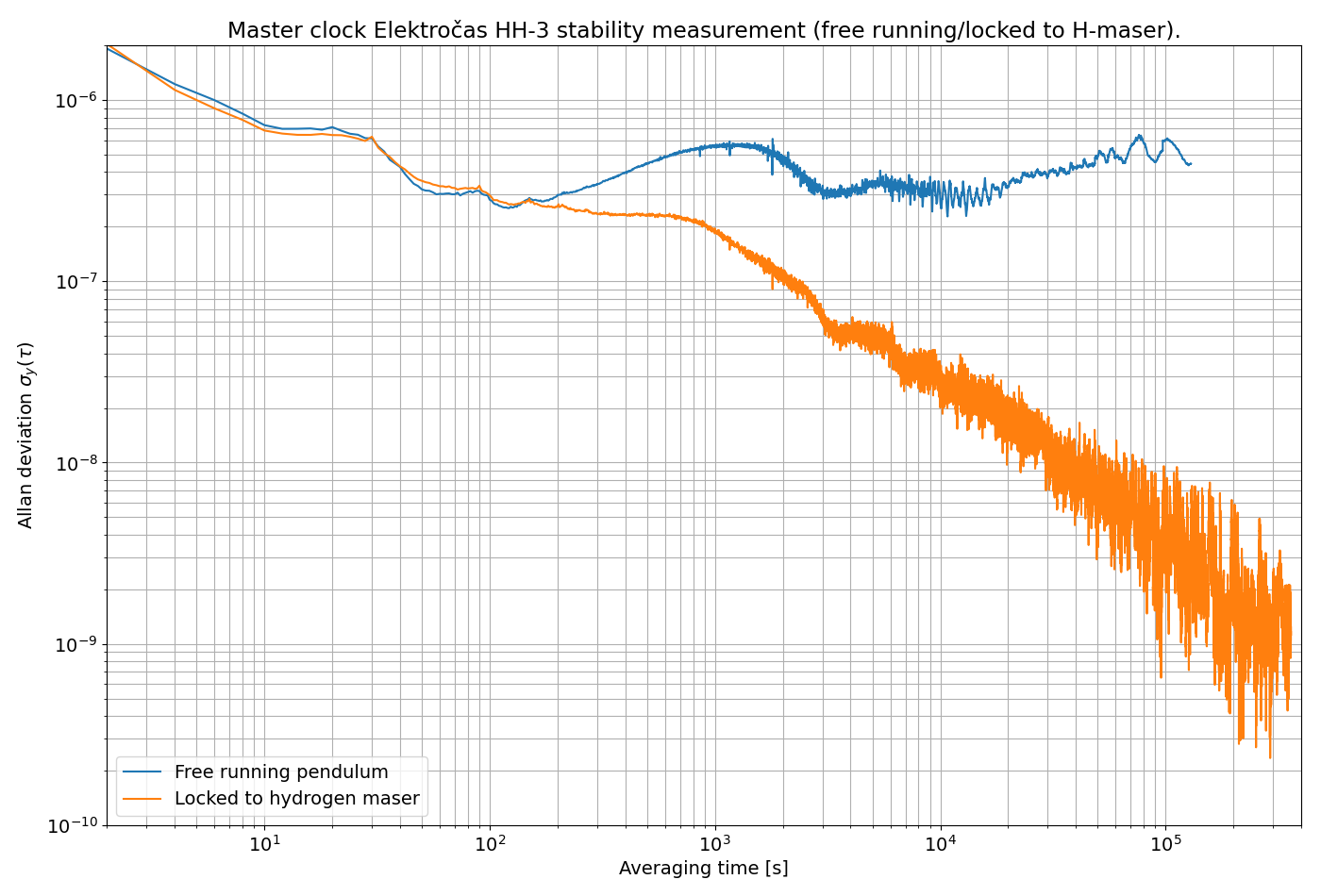

Clocks have been my hobby since years. I have built a number of electronic or electromechanical clocks myself, it is an excellent psycho-hygienic activity. Obviously the more obscure, the better. Digital clock with relay logic, one line word-clock, voltmeter clocks, wristwatch with numitron display and discrete logic (no microcontroller),VFD bar dot indicator and discrete transistor logic, nixie tube logic just to name a few. As much as I can, I always try to use the technology from the era the displays/clocks were made. Using a microcontroller would be just boring and pretty much an insult to those beautiful pieces.
Over the years I have accumulated a decent collection of various models of Elektročas/Pragotron electromechanical slave clocks and flip display clocks. I was always dreaming to obtain one of the master clocks to drive my collection. This feeling intensified after visiting the Clockworks in London. At the end of 2021, after a series of very fortunate events, I have managed to obtain the holy grail: Elektročas HH3 (Hlavní Hodiny 3). The master clock was produced since 1950's till (??), see the leaflet at pragotron.sk. The datasheet says "Accurate master clock HH3 for scientific institutes, observatories, power plants, laboratories, radio, television etc.". Unfortunately, not a lot of information about this model is available on the interwebs.
The clock needed a lot of tender loving care. The cabinet showed traces of bad water infiltration. The top cover plywood was completely disintegrated. Guessing from the marks left, it looks someone had installed a flower pot on top of the clock. Over the years, spills from watering left their marks. Fortunately the clock mechanism was not damaged, though it had suffered of some incorrect care. A lot of grease was stuck all over the gears. The clock needed to be completely disassembled, thoroughly cleaned, oiled and adjusted. This job was taken care of by a small family horlogery in Partizánske. Father Jozef Kollár and the son Michal Kollár M-watch service did an incredible job. Thanks for all the fun I can have now!
The clock found its second life in my office.
The clock uses an invar pendulum to reduce the temperature dependence. If I recall what I have seen *somewhere*, the specified clock accuracy was in order of 0.1 seconds/day. Not bad at all. Or is it? This was the moment where an evil smile on the face appeared. In the next room, I have that optical fiber with 10 MHz coming from a fancy refrigerator size gray box and it drives some scientific doodah gizmo behind the corner...
Interlude
A Caesium fountain clock from National Physical Laboratory (NPL) had been delivered and made operational at CERN in 2022. The NPL caesium fountain primary frequency standard apparatus is used to realise the SI definition of the second and contributes to the construction of the international time scale, UTC.
The Caesium fountain clock is used to discipline the Active hydrogen maser required for the ALPHA experiment in the Antiproton Decelerator (AD) machine. ALPHA (Antihydrogen Laser Physics Apparatus) is an international collaboration based at CERN, working with trapped antihydrogen atoms, the antimatter counterpart of the simplest atom, hydrogen. Their mission is to use ultra-precise spectroscopy to uncover, as yet unseen, differences between matter and antimatter. The ultimate goal is to measure the energy level structure of the antihydrogen system when excited with lasers. This has been successfully achieved by the collaboration in the past however the precision of the measurement will soon be limited by the knowledge of the frequency of the laser applied during the experiment.
A frequency standard reference, provided by the NPL built caesium fountain, will be used to calibrate the measurement and provide the increased accuracy required by the team.
/Interlude
Back to the evil smile. How am I going to lock my HH3 clock to the Caesium fountain disciplined, Active hydrogen maser???????
Many different methods for disciplining a pendulum oscillator exist, I can recommend an excellent book from Prof. Miroslav Hajn Základy jemné mechaniky a hodinářství (published in 1953). Under no circumstances, I wanted to modify the mechanism of the clock, it is just too precious. A contactless pulling by magnetic field would be just too boring. So we were left with the pendulum equation:
where T is the pendulum swing period, L length of the pendulum and g the gravitational acceleration. Changing the 2, or π is difficult even for CERN. So we are left with g, and L.
After a quick back of an envelope calculation, the path changing the gravitational acceleration was well in reach. Should we assume the 0.1 sec/day specification, the clock would needed to be displaced vertically by not more than 3-4 storeys to obtain the required tuning range for PLL (phase locked loop) by working on the gravitational acceleration. I see how the clock can be installed into an elevator in the building, and the PLL would slowly move it up and down to keep the lock with the maser. I was told some people using the building may complain. But the main disadvantage would be we can see the clock only when in the elevator. Not optimal.
So working on the L was the only option left. First obvious idea would be control the temperature inside the clock cabinet. (Un)fortunately the pendulum is made of invar. It may require going from cryogenic temperatures to red hot. Not like we would not have 150 tons of liquid Helium here, but it is already booked for another experiment.
So we control the L the good old way, by slightly displacing the pendulum's center of gravity by adding a weight between the pivot and the bob.
Having the means to control frequency (swing time) of the oscillator, one can implement a Phase Locked Loop (PLL) to lock it to an external frequency. The pendulum swing time is measured by an optical sensor and a 32 bit counter, counting 10 MHz clock ticks from the Maser. On each swing, content of the counter is copied to a shift register, which read by a microcontroller. The instantaneous period is calculated in units of 10MHz ticks (0.1 ppm resolution). The 32-bit counter overflows every ~7 minutes providing a good track of number of 10MHz periods vs. number of pendulum swings without too much of rounding error.


Output of a PLL typically drives a Voltage Controlled Oscillator (VCO).
There is obviously no voltage control of the pendulum. A serious
innovation was necessary...
As mentioned in the previous paragraphs, finally we work on L to do the pendulum period pulling. In the good old way, by slightly displacing the pendulum's center of gravity by means of adding a weight between the pivot and the bob.
How this can be done in a mechanized way? Many ideas using discrete weights on levers, or sophisticated pulleys and threads were examined. The best ideas come when one's mind is properly stimulated (=in a pub). Chain is a perfect controlled weight! It is even linear and if fine enough, it behaves quite analogue not to use the step PWM regulation. The Chain Controlled Oscillator was born!
Following photograph shows the PLL implemented into the HH3 body. Bosch
Rexroth profiles and Kapton tape are fundamentals of modern science.


After receiving its final, very robust mechanical support, the clock was left running for about a week to measure its stability. I was running it in the summer already, but without stable support. As expected, a massive support with three point leveling system provides stability. Serious data for the PLL design could have been collected...


One can even see some correlation of pendulum period with barometric pressure. All fits with the literature, except sign in my measurement needs to be understood. Maybe one day...

Nevertheless, changing the pressure is a valid way to pull the pendulum period. According to the literature, a variation as little as few tens of millibar would cause the period to drift a second per week. Mainly due to the bob buoyancy. This idea was of course duly discussed in the Patronka Brewery too. A method of pressurizing, or pumping the clock case not very difficult to realize. The only problem is a possible acoustic nuisance produced by the pumps. And occasionally the clock may explode, or implode too.
A much safer method to profit from the buoyancy at nominal atmospheric pressure was therefore proposed (thanks Jano W.!). The clock case can be filled by a mixture of Helium and SF6 gas. Their proportion will follow the requested PLL command, SF6 to speed up and Helium to slow down. Shall more pulling range be necessary, one can still pressurize, or evacuate the vessel.
In order to design the regulation for the PLL + CCO a system characterization was performed using a step response.
Large signal response (~30% tuning range) looks very good
The small signal response (~3% tuning range) is bit more difficult to interpret. Fast steps (100 seconds apart) may show some inertia, which is not visible with large signal step:
Leaving more time between the steps (200 seconds) does not make the response any clearer, some further work will be needed.A simple simulink model was created to play with the loop dynamics.
Seems to work...
But the main question is - will it work with real hardware? In the section we are very good in "fast closing of the loop". So here is one. The loop was activated after 20 swings. It compensates for a slight frequency offset. At 200 ticks a step equivalent to a 1 sec/day is applied. The loop slowly pushes the pendulum period back to nominal. It works!!!
One can see the non-linear behaviour of the CCO, final position of the chain is not the same as before the step. But the loop had compensated. There is a potential for more sophisticated controller.
Also, the current PLL controls only the pendulum period (frequency). Personally, I do not care much about what time it is. But I like to have a very stable clock ticking in my office.
This is the first step on the way. But if we want to meet again in 158 million years to see if my HH3 clock drifted not more than the 1 second the Ceasium fountain promises, a more sophisticated loop will be needed. One which will be controlling also the time, not only the frequency. I.e. not only the error curve must be centered around zero, but also integral under the curve from now, until the year 158 002 023 must not be larger than 1.0. Work in progress.
2021/12: acquisition of the clock
2022/3-5: restauration at M-watch service in Partizánske
2022/5: transport to CERN
2022/9: free standing, free running
2023/1: final, robust mechanical support, first serious measurement of stability (vs. temperature, air pressure, time...)
2023/1: implementation of the phase locked loop (mechanical part) and fast closing of the loop!
2023/2/6 : The clock detected earthquake in Turkey
2023/2/8 : First performance comparison free running vs. locked to
H-maser
The clock is happily clocking, the loop is closed, some ideas are being
discussed how to make the phase locked loop more sophisticated. I came to
the office this morning to see this:

There was some really large perturbation... The loop had nicely
compensated and the perturbation ceased after some 1000 seconds.

Then I have read about the devastating
Earthquake in Turkey.
Only two days of measurement till now. But the comparison of Allan
deviation of the free running clock and the locked performance may
indicate it works :-)

Two weeks and still locked. The trend is good.

Hlavní hodiny 3 (in the center) in their new habitat. The hardware is
just beautiful...
At the beginning, there was the Atomic clock stability detector project. A device I have developed to monitor reference frequencies from all accelerators at CERN. Sometimes things go wrong and at this level of accuracy it is very difficult to diagnose if the master frequency is drifting, or it is unlocked. A very tiny drift would mean the beam can hit the vacuum chamber, or we would not be able to transfer from one ring to the other. It is running on a repurposed hardware from LHC and SPS transverse feedback. The module performs a twelve corner hat comparison of all clocks against all clocks at a range of time scales, from few MHz to hours. A side effect is - all those precise and accurate clocks are available on one patch panel in my lab. There is a potential :-)
Controller. I forgot the Arduino. So Bosch Rexroth profiles, Kapton tape and Arduino make modern science happen.
Thank you for reading!
Contact: daniel dot valuch at cern dot ch